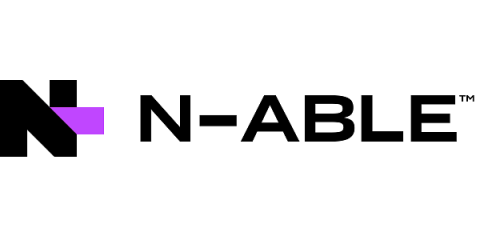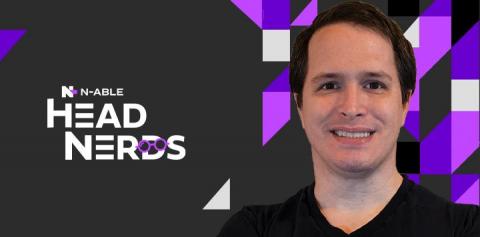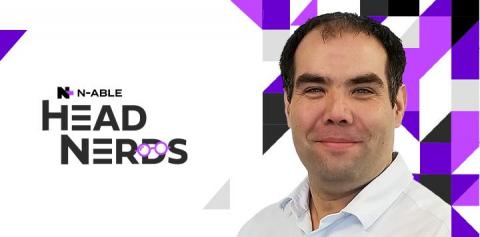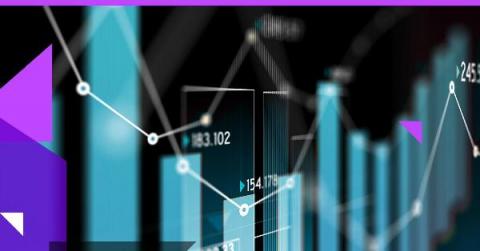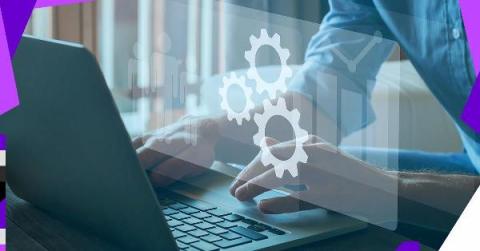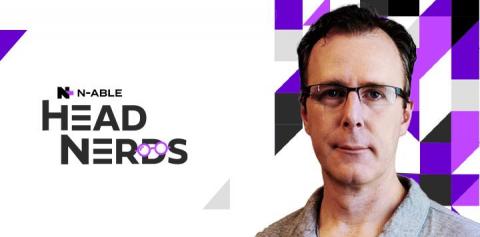Operations | Monitoring | ITSM | DevOps | Cloud
Latest Posts
The number one business bad habit MSPs need to stop doing immediately
The N-able Head Security Nerd, Lewis Pope, just published a blog outlining the top 25 cybersecurity bad practices demonstrated by MSPs today. To accompany his post, I wanted to add one more risky bad habit to his list. It’s something I commonly see being practiced by too many MSPs from a business perspective—allowing a customer’s budget to dictate what a cybersecurity offering should look like.
25 cybersecurity bad practices: more than just bad habits
The CISA (Cybersecurity & Infrastructure Security Agency) recently started an initiative to create a catalogue of exceptionally risky cybersecurity bad practices. While this will be a welcome and very useful tool once it is complete, only two practices are currently listed. Since cybersecurity and business decisions can be time-sensitive, we wanted to expand on the CISA’s list.
How we keep N-central updated and secure
Following the security issues in the MSP market over the past 24 months, our customers, who are understandably concerned, have been asking what we do to keep the N-central® appliance (hosted or on-premises) updated and secure for them. I will do my best in this short article to outline how our engineering team keeps up with security. Please note this is valid as of the time of writing, but can change at any point.
Together with N-able, Dufeu transforms business through automation
How Should an MSP Evaluate a PSA Solution?
Managed services providers (MSPs) juggle a lot of responsibilities. They have to address rapidly changing customer demands while still providing high-quality service, managing increasingly complex environments, evolving their service offerings, and much moreyou’re your business scales, it’s hard to accomplish these goals without the help of professional services automation (PSA) software.
3 tips to enhance remote access security
As managed services provider (MSP) technicians know, remote access gives an authorized user the ability to enter another user’s computer or network through a network connection. This access is often established via a remote desktop protocol (RDP), which is a network communications protocol from Microsoft® that is specifically designed for remote management.
3 steps to find new revenue opportunities from your customers' digital evolutions
John Pagliuca, CEO of N-able, has taken issue in the press multiple times with the term digital transformation, preferring the term digital evolution. I agree that evolution is a better term. Digital transformation implies a one-time event; digital evolution acknowledges the ongoing nature of these changes. In short, the market will continue to change. How you adapt dictates whether you come out far ahead or remain with the status quo.
Why automation is key if you're looking to scale your business
IT is not a technology cost, it’s a human resource cost! This is a fundamental concept MSPs need to keep in mind when they are looking at their businesses, but one many smaller MSPs tend to overlook. Think about it; for every business you’re supporting as an MSP, you’re doing so to ensure their IT infrastructure has stability of operation and is optimized to maximize staff productivity.
5 things you can do to improve your customer support (part 2)
From my previous blog, I’m going to continue the list of five things you can do to improve your technical service delivery to your customers (if you didn’t read the last post, you can catch up on what you missed here (link)). In the following three points, I focus on the role automation can play.


